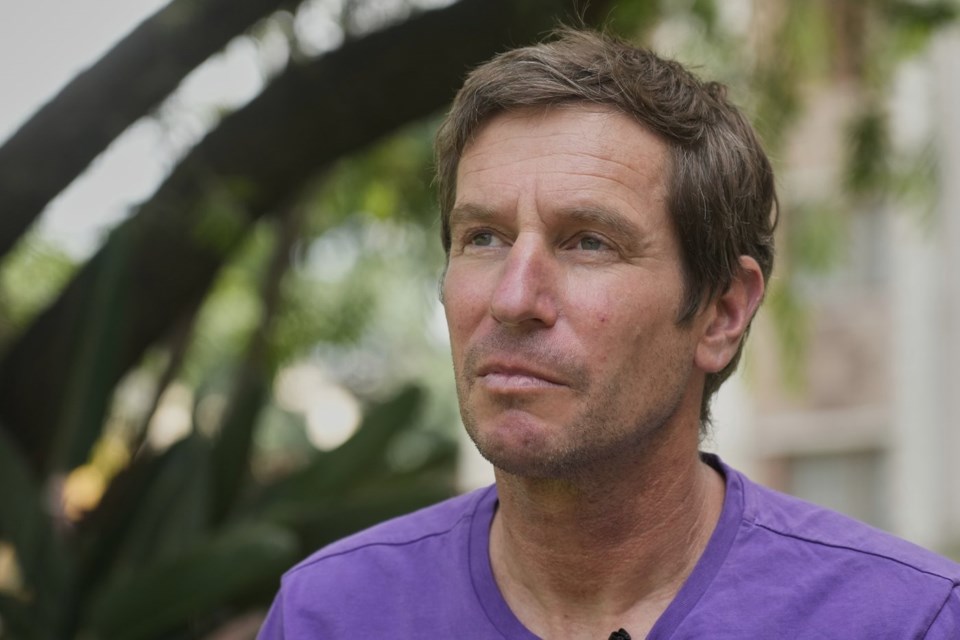KATHMANDU, Nepal (AP) — Using xenon gas treatment and the latest technology is making climbing Mount Everest not just faster but also better for the environment, cutting down garbage and waste, a renowned mountain guide said Monday.
Lukas Furtenbach took a team of British climbers, who left London on May 16, to scale the 8,849-meter (29,032-foot) peak on May 21. They returned home two days later, in one of the fastest ascents on record of the world’s highest peak, including the climbers’ travel from their homes and back.
The use of xenon gas treatment has, however, drawn controversy and has even raised the concerns of Nepalese mountaineering authorities who have announced an investigation.
“The only reason why we are working with xenon is to make climbing safer, to protect climbers from high altitude sickness,” Furtenbach told The Associated Press upon his return to Kathmandu. “We can see people dying on Everest every year and this is may be one step to improve the situation to make climbing high altitude mountains safer.”
The climbers had put in months of preparation, training in hypoxia tents, and underwent a xenon gas treatment at a clinic in Germany just two weeks before heading to Nepal.
Climbers normally spend weeks at base camp to acclimatize to the higher altitude. They make practice runs to the lower camps on Everest before beginning their final attempt on the peak so that their bodies are prepared for the low pressure and lower level of oxygen available.
The new method is likely to reduce the time climbers spend out of their home countries and cut the number of days they need to take off work, also cutting down on expenses.
Furtenbach said the ability to climb the peak in a short period of time could also lead to less environmental impact on the mountain.
“Human waste is one of the biggest problems on Everest base camp. If people spend one week there compared to eight weeks, it is a 75% reduction of human waste," he said. "It is a huge reduction of garbage on the mountain and also of resources that have to be carried up to the back camp and have to be carried up the mountain.”
Nepal doesn't have rules on how many days climbers must spend acclimatizing or making practice climbs. The permits to climb Everest, which cost $11,000 each, are valid for 90 days. Climbing season normally wraps up by the end of May, when the weather deteriorates and monsoon season begins. The ropes and ladders fixed to the mountain are then pulled out.
Nepal's mountaineering department issued a press statement saying it was going to investigate the use of xenon gas.
Furtenbach said the gas was never used in Nepal and that he could prove that it was safe to use for climbers.
Binaj Gurubacharya, The Associated Press



